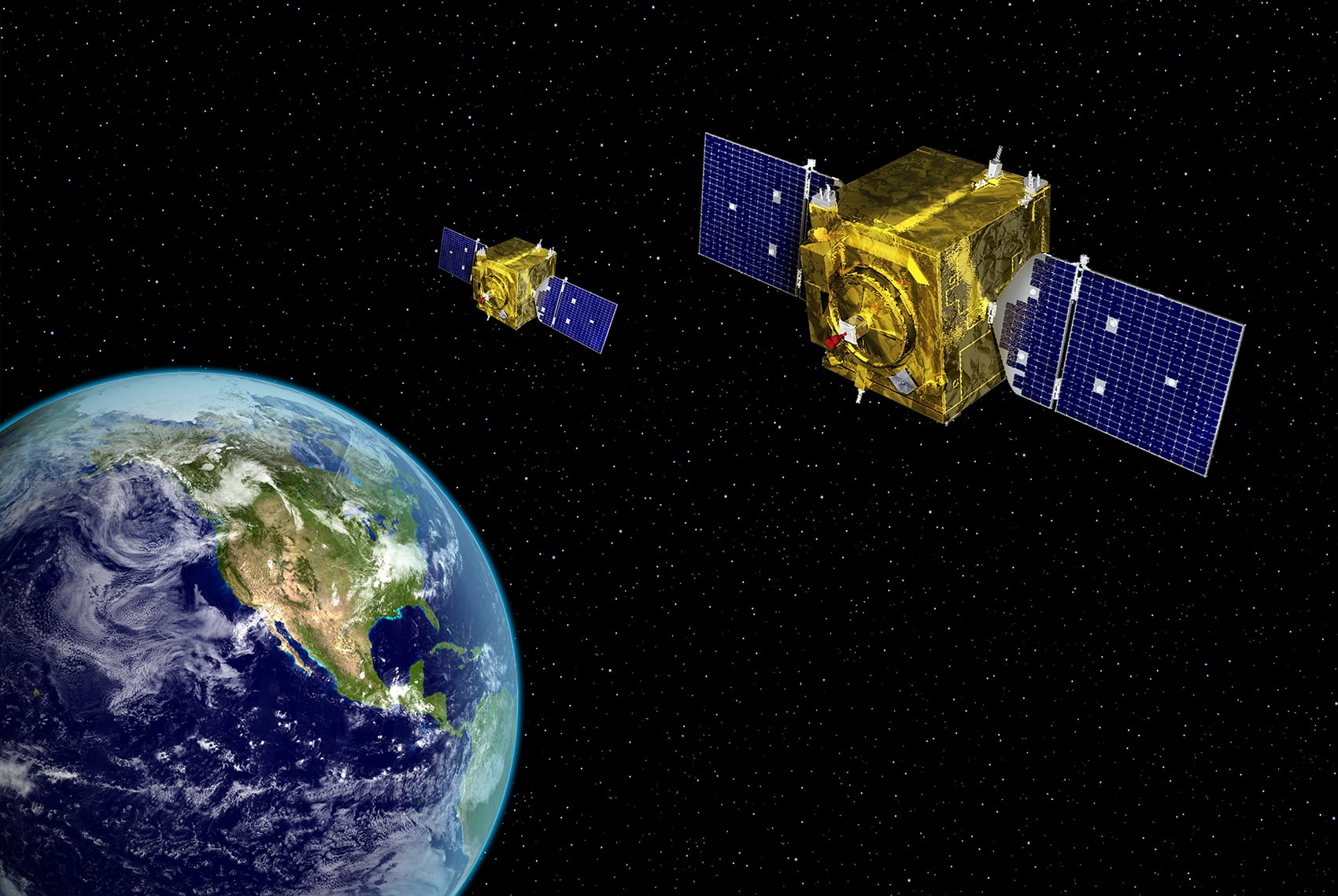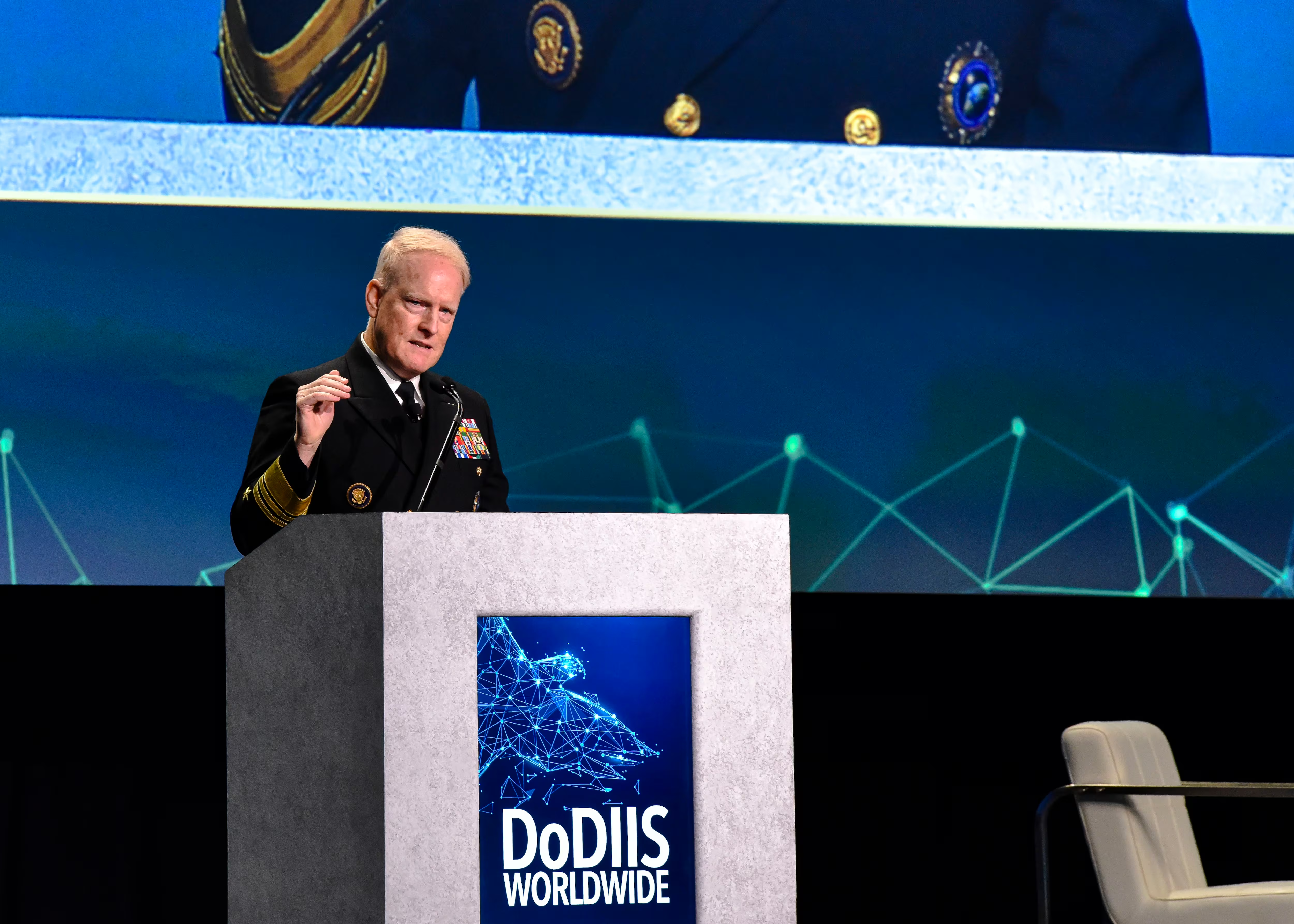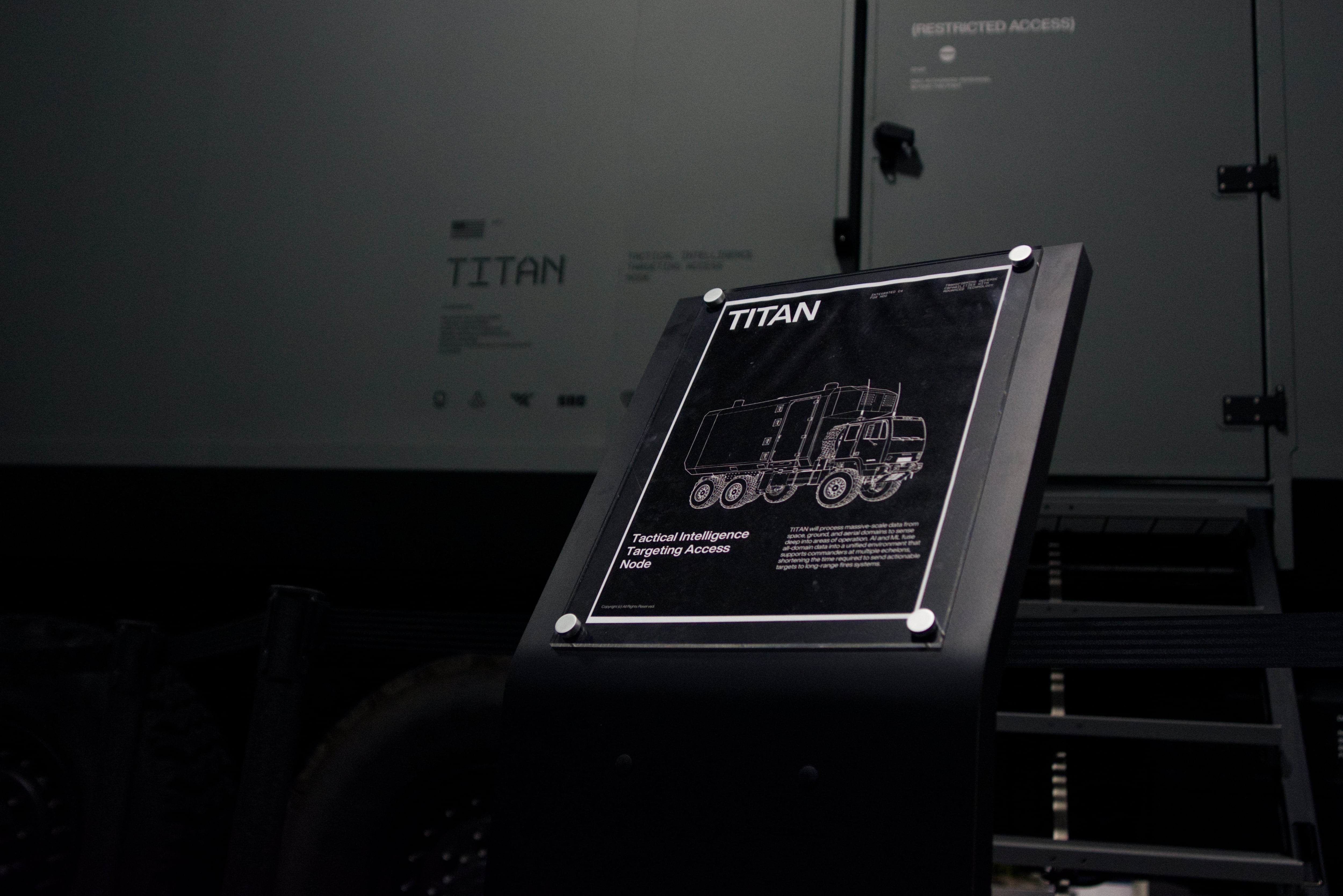The crate slides out of the back of the plane. Cargo weighing more than 1,600 pounds rests inside. The crate extends its wings and glides silently into place.
The “Silent Arrow” autonomous glider is, in essence, a delivery drone and was on display at the Defense and Security Equipment International exposition in London earlier this month.
Made by Yates Electrospace Corporation for the MEL Group, the Silent Arrow comes in disposable and electric/reusable versions. The wings feature evalons for steering, and can be guided either by remote pilot (including through first-person-view cameras) or plot a path to the landing site autonomously. Autopilot is based around a modified COTS Pixhawk Cube, and it draws data from GPS, magnetometer, barometer, inertial measurement unit, LiDAR, and pitot.
When released from an altitude of 25,000 feet, the Silent Arrow can glide up to 40 miles over 12 minutes and can be released from a range of aircraft, including planes like the C-17 and the C-130, tiltrotor craft like V-22s, and helicopters like the CH-53. If it’s can’t fit inside, it can be slung underneath helicopters inside.
The company said the goal is “to supply 1 rifle squad for 1 day of heavy direct-action combat” with a single Silent Arrow, with enough space inside to fit all the MREs, medicine, ammunition, water, batteries, and fuel the squad might need over that day.
Cheap and accurate resupply by glider is part of the broader picture of drone delivery, where low cost navigation systems, sensors and control surfaces make disposable (or at least expendable) vehicles possible. It also confounds the category of drone, as it is only lightly powered and, with the exception of the electric variant, is built for one way flight.
With the promise of greater accuracy and human control than parachute-dropped (and gravity guided alternatives), the Silent Arrow - and vehicles - like it are more akin to precision provisions than anything else.
Kelsey Atherton blogs about military technology for C4ISRNET, Fifth Domain, Defense News, and Military Times. He previously wrote for Popular Science, and also created, solicited, and edited content for a group blog on political science fiction and international security.








